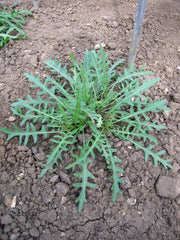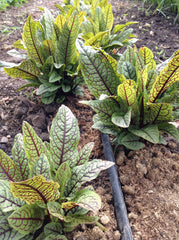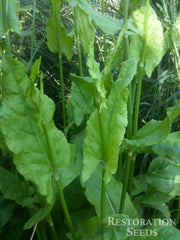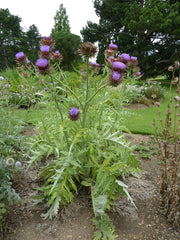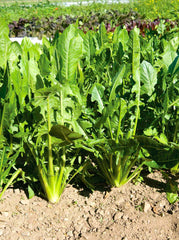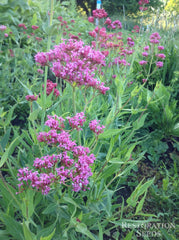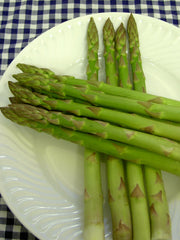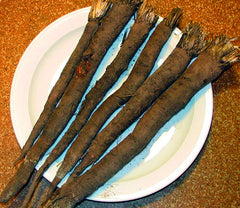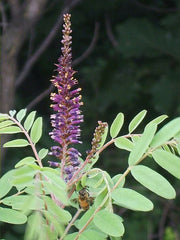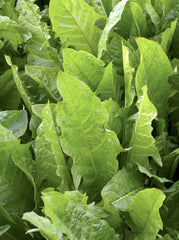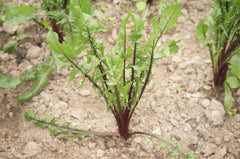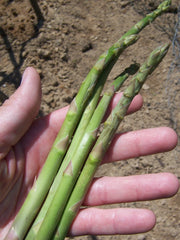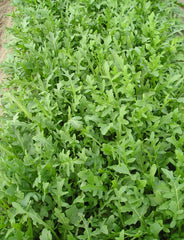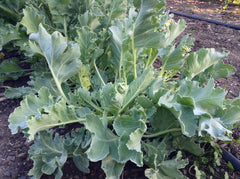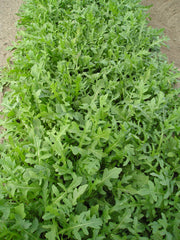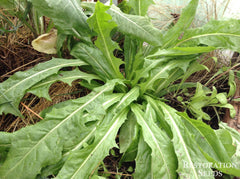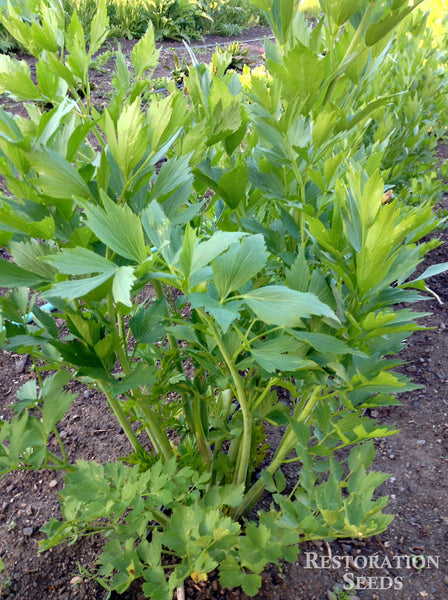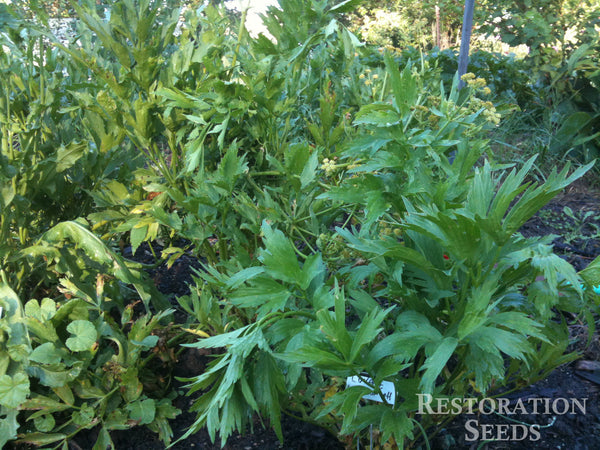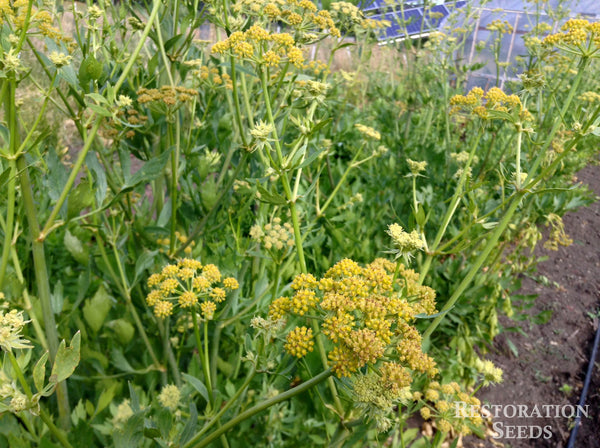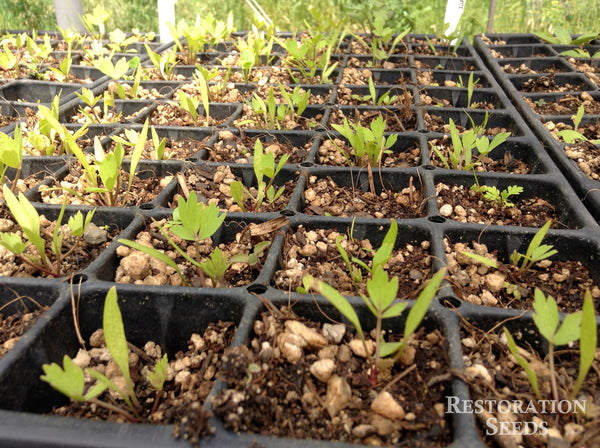Lovage
lovage Lovage Levisticum officinale
HOW TO GROW LOVAGE
Start indoors 4-6 weeks before last frost, plant out after frost. Direct sow in late summer or autumn as soon as the seed ripens. Deep rooted, grows in many soils except heavy clay but will grow in clay loam. Moles and others like the roots. If an issue, plant in a raised bed with a hardware cloth bottom or container. Is a heavy feeder, mulch well. Start divisions the after third year. Seeds require light to germinate, press into soil, do not cover. Soil pH 5.6-7.8. Hardiness zones 4. Perennial.
Usual seed life: 2-3 years, use fresh seed.
Planting Depth 1/4-1/2” requires light
Soil Temp. Germ. 70˚F
Days to Germ. 14-21
Plant Spacing 24-36”
Row Spacing 4-5’
Days To Maturity 90-115
Part Shade, Moist Well Drained
Usual seed life: 2-3 years, use fresh seed.
Planting Depth 1/4-1/2” requires light
Soil Temp. Germ. 70˚F
Days to Germ. 14-21
Plant Spacing 24-36”
Row Spacing 4-5’
Days To Maturity 90-115
Part Shade, Moist Well Drained
- 70 Seeds$3.50
- 700 Seeds$18.50
Strongly aromatic, celery-like favor, good celery substitute. European staple as a savory flavoring to stews, soups, poultry, vegetables, and sauces. Roots and seeds are edible. Can be applied to wounds as an antiseptic. Plants are small the first year but can grow to over 6’ in subsequent years. Also known as Wild ...
Strongly aromatic, celery-like favor, good celery substitute. European staple as a savory flavoring to stews, soups, poultry, vegetables, and sauces. Roots and seeds are edible. Can be applied to wounds as an antiseptic. Plants are small the first year but can grow to over 6’ in subsequent years. Also known as Wild Celery. Tags: Color: Green, Certification: Organic.
The exact native range is disputed; some sources cite it as native to much of Europe and southwestern Asia, others from only the eastern Mediterranean region in southeastern Europe and southwestern Asia, and yet others only to southwestern Asia in Iran and Afghanistan, citing European populations as naturalised. It has been long cultivated in Europe, the leaves being used as a herb, the roots as a vegetable, and the seeds as a spice, especially in southern European cuisine. Delicious lovage recipes.
The exact native range is disputed; some sources cite it as native to much of Europe and southwestern Asia, others from only the eastern Mediterranean region in southeastern Europe and southwestern Asia, and yet others only to southwestern Asia in Iran and Afghanistan, citing European populations as naturalised. It has been long cultivated in Europe, the leaves being used as a herb, the roots as a vegetable, and the seeds as a spice, especially in southern European cuisine. Delicious lovage recipes.
Learn More
Meet Your Farmer
We promote fair trade, organic practices and environmental responsibility throughout the Restoration Seeds supply chain. Below are the family farmers and seed suppliers who bring our open pollinated seeds to you.
Restoration Seeds
Certified Organic by OR Dept. of Ag.
Seed grower since 2009


Restoration Seeds is a farm-based seed company committed to selling seeds growers can save. We guarantee high quality seeds through our extensive variety trialing and plant breeding programs. We empower family farmers and home gardeners by offering 100% Open Pollinated seeds.
Reviews
